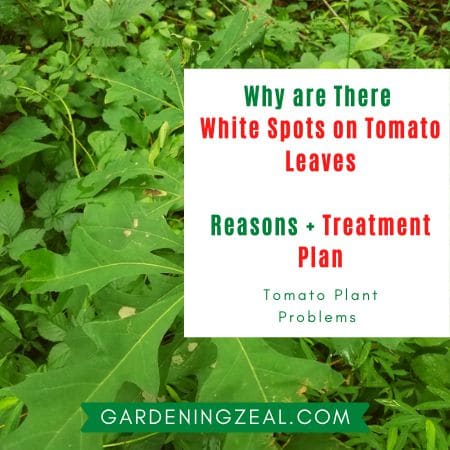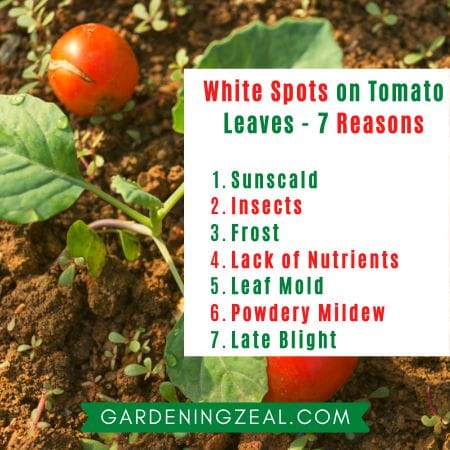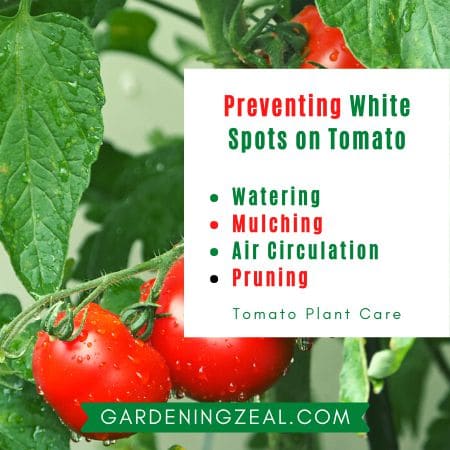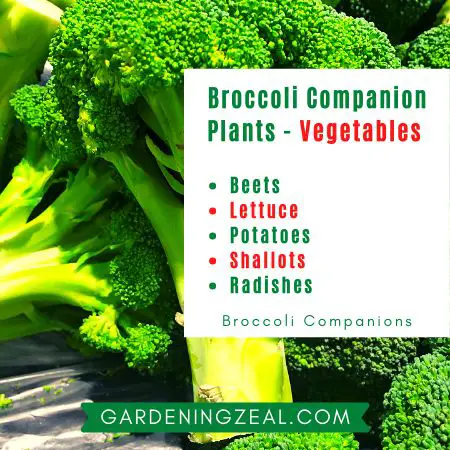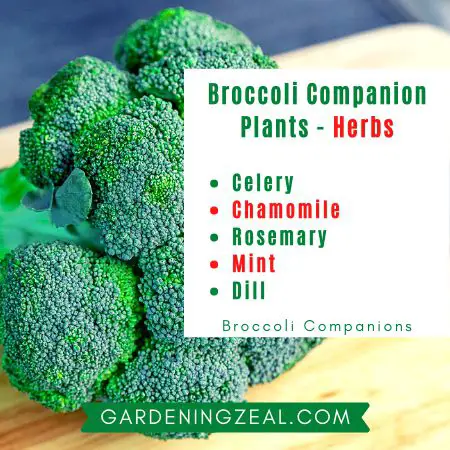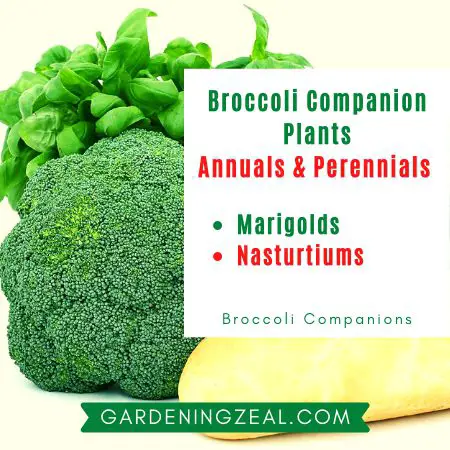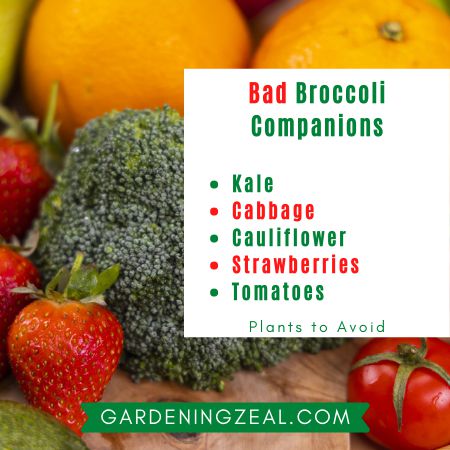All is well with a little rain and shine- but when the weather gets rough, you’re often left worrying about your carefully decorated garden. So to avoid unnecessary damage to your plants, outdoor patio sets, and other furniture, it’s best to set up a garden shelter.
Why Are Garden Shelters Useful?
Garden shelters offer a degree of protection that can be crucial to saving your plants from being scorched by the sun or torn apart by harsh winds. Plus, you don’t want your potted plants to die because you missed a weather forecast and didn’t bring them indoors, right?
Are Garden Shelters Costly?
A luxurious wooden garden shelter built by professionals can be very expensive, costing you thousands of dollars in both materials and labor.
Thankfully, you don’t have to worry a lot as there are a few cheap garden shelter ideas that protect your potted plants and outdoor furniture from harsh sunlight and rain and give you much-needed privacy in your garden- all while being light on your wallet.
All you need is a creative mind and some DIY tips and tricks, which we’ve mentioned below.
10 Cheap Garden Shelter Ideas
1. Parasols
Parasol is easily the most affordable shelter you can provide for your plants, garden chairs, tables, etc.- not to mention how convenient it is to set one up.
Adding parasols to your garden will cost you around $20-50. They are very efficient and can provide shade and shelter to smaller spaces and dining areas.
Unfortunately, there are some cons when it comes to using parasols. One of those is that parasols are lightweight- meaning that while they provide ample shade, they’re prone to be damaged by the rain and can be blown away by strong winds.
It’s good to keep this in mind when setting up parasols, especially if you live in windy areas that require plants to be sheltered from damage by the air pressure.
2. Sail Shade
Another budget-friendly outdoor shelter idea for your garden is adding a sail shade. It’s a simple and convenient option that does a great job providing a cover for your plants and furniture.
Sail shades are available in many different materials, the best being a high-density PVC fabric. They’re also waterproof, so you don’t have to worry about getting soaked in the rain.
Another thing that makes sail shades a cheap yet reliable option is the larger coverage area. You can put most of your potted plants here or set up a rest area.
Sail shades also have more stability than a parasol and can stay upright even when facing harsh wind or rain. These shades are held with ropes. This is possible only when the ropes are tied tightly to a steady structure, so keep that in mind when you DIY.
Plus, sail shades are portable and can be easily carried on outdoor camping trips. Talk about extra functionality!
3. Pop Up Gazebos
Don’t you think a parasol or sail shade will fit your garden aesthetic? Need a different inexpensive shelter idea? Then try installing a pop-up gazebo!
Pop-up gazebos come in various lengths and designs and can cost around $150-500, depending on the material. Not only does it provide great shelter, but it also can make your garden look a lot more refined.
Pop gazebos are more stable and versatile than parasols and can be decorated in various ways. Gazebos give you the freedom to express your creativity and use your decor skills to make a place that’s the most comfortable and cozy for you.
Keep reading to get an idea of how you can spruce up your pop-up gazebo or any other sheltered space.
● Dining Area
You can keep your pop-up gazebo simple and turn it into an outdoor dining area. Setting up a dining area will allow you to catch up with your friends and family over a nice meal.
Add a small table with some chairs and a few lights to brighten the area, and you’ll have the perfect small space to have a relaxing time with your friends and family.
● Pop-Up Theatre
Watching movies in your bedroom during sleep hours can be boring, right? So instead of staying indoors, you can turn your pop gazebo into a pop-up theatre.
Hang up some fairy lights, throw in some cushions and blankets, grab some popcorn, and voila! Just like that, you have a cozy space for yourself and your friends to relax.
Overall, the pop-up gazebo is a great low-budget choice to add a small shelter to your garden.
4. Metal Gazebos
Metal Gazebos are semi-permanent metal structures with a canopy designed to last for a long time. They’re best suited for people looking for a stylish yet durable shade for their garden.
Additionally, metal gazebos are more decorative and sleek than pop-up gazebos because of their metal structure and rooftop.
The rooftop of a metal gazebo is probably its main attraction; you can have a pointed roof, a gazebo with curtains, an octagonal rooftop, a metal lattice structure, etc. It will definitely energize your garden. They’re perfect for sheltering your garden or your furniture.
Building a metal gazebo requires a certain degree of skill and can be time-consuming, but once it’s done, you don’t have to worry about the metal frame. It’s definitely worth the hard work.
5. Playhouse
Setting up a playhouse for your kids will give them a shaded place while they play outside. Playhouse is customizable; you can build it differently, like adding slides or a swing.
You can even use your kids’ creativity and let them paint it. Usually, a playhouse uses wood as its make-up material, but if you’re on a low budget or don’t have the skill or time to make a wooden playhouse, there are tent-like playhouses available as well, and setting that up doesn’t require that much hard work or skill.
6. Event Shelter
Event shelter is yet another budget-friendly shelter option for you. It’s great for outdoor activities like camping as it’s made with lightweight material like polyester, making them really easy to transport and carry along with you.
Once you purchase a quality shelter, it only takes around 15 minutes to set up, including everything from assembling the poles to securing the sheets with velcro strips.
7. Marquee
Marquees are similar to pop-up gazebos but are larger in size and offer more stability.
These are best suited for big events. If you want to have a wedding or a birthday celebration at your home but don’t want to spend a lot of money booking a venue, adding a marquee to your garden is the ideal solution.
Adding one of these can cost you around $30-100 with a capacity of around 500 people, compared to renting a venue that can cost you thousands of dollars.
8. Seated Arbour
If you have limited garden space, a seated arbor is the correct option. It’s a permanent structure with a hooded seated area, mostly a bench with a built-in roof. Seated arbors are great at providing shelter and offering a private space for your ‘Me Time.’
Once it’s set up, a seated arbor can stay up all year long, requiring a fresh layer of paint every so often.
9. Wooden Canopies
Wooden canopies are your best bet if you’re looking for a sheltered space exclusively to protect your potted plants from rain and extra sunlight.
These canopies are really cheap and easy to set up, offering excellent protection for your potted plants.
However, it comes with a con. Since it’s wood, after enduring multiple rainfalls, you will start to see water damage and eventually have to change the canopy. Otherwise, it’s a great option to shelter your plants.
10. Patio Awning
Patio awning has arguably the most versatile options for you to choose from. It’s a simple outdoor roofing solution and can be installed in several ways. It’s very flexible in shapes, sizes, and budgets as well.
To decorate, you can hang colorful plants and add your potted greens near the entrance. You can also get a fully shaded patio cover and revamp it into a dining area. You can even add a hanging chair or hammock to make the area comfier and more pleasing for the guests.
Conclusion – Cheap Garden Shelter Ideas
If you’re passionate about gardening and want to provide a shelter for your plants and make your outdoor space not-so-boring and plain, these cheap garden shelter ideas are the best options. They are light on the pocket, can easily be DIY-ed, and take little to no time. If you want to make your garden look a lot more polished, you should think about adding one of these outdoor shelters to the space.




















